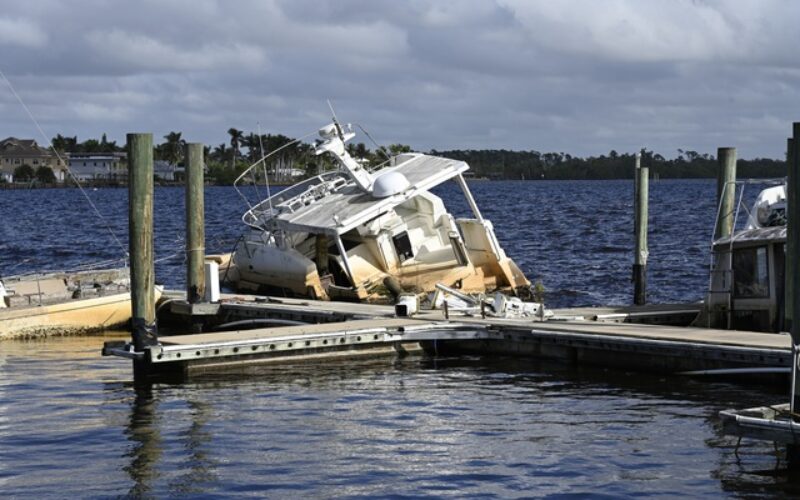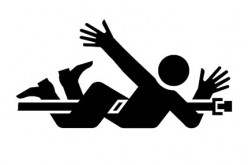Boating accidents happen when you least expect them. Whether it’s a collision with another vessel, running aground, or hitting debris, knowing how to assess damage after a boating accident can mean the difference between a minor inconvenience and a major safety hazard. Use this guide to help you make informed decisions about repairs, insurance claims, and most importantly, whether your vessel is safe to operate.
Ensure Safety First
Before examining any damage, prioritize the safety of everyone aboard. Check for injuries and provide first aid if necessary. If your boat is taking on water or experiencing mechanical issues, prioritize getting to shore safely or calling for assistance.
Once everyone is secure and accounted for, you can begin your damage assessment. Remember, no boat repair is worth risking lives over.
Inspect the Hull
Start your damage assessment by thoroughly examining the hull from bow to stern. Look for cracks, punctures, or areas where the fiberglass appears stressed or discolored. Pay special attention to the waterline and below, as these areas are most vulnerable during collisions.
If you discover significant damage, you may need to repair a hole in a fiberglass boat before your next outing. Run your hands along the hull to feel for soft spots or areas that flex abnormally, as these could indicate structural compromise that isn’t immediately visible.
Check for Water Intrusion
Water intrusion is one of the most serious concerns after any boating incident. Inspect the bilge area for unusual amounts of water, and check if your bilge pump is working overtime. Look around through-hull fittings, seacocks, and any areas that impact the hull.
Even small amounts of water ingress can lead to significant problems if left unaddressed. Test your bilge pump and ensure all drainage systems are functioning properly before heading back out on the water.
Assess Mechanical Systems
Your boat’s mechanical systems can suffer hidden damage during accidents. Check the engine for loose connections, fluid leaks, or unusual vibrations when running. Inspect the steering system for proper response and alignment.
Test your electrical systems, including lights, radio, and navigation equipment. You should also examine the propeller and shaft for bends or damage that could affect performance. Don’t forget to check your fuel system for leaks or damage. Fuel-related issues can create serious safety hazards.
Document Everything
Thorough documentation is crucial for insurance claims and repair planning. Take photos of all damage from multiple angles, including close-up shots and wider views showing the overall impact area.
Write detailed notes about what happened, weather conditions, and the extent of damage discovered. Keep receipts for any emergency repairs or towing services. This documentation will be invaluable when working with insurance adjusters and repair shops to restore your vessel to proper condition.
Knowing how to assess damage after a boating accident empowers you to make smart decisions about safety and repairs. While some damage may be immediately apparent, other issues may not become evident until later. When in doubt, consult with a qualified marine surveyor or repair professional. Your thorough assessment today ensures safe boating adventures tomorrow.
Image Credentials: by John Rohans, File #1140820838
end of post idea for home improvement
view and analyze home improvement ideas at our LetsRenovate center
Helpful article? Leave us a quick comment below.
And please give this article a rating and/or share it within your social networks.









